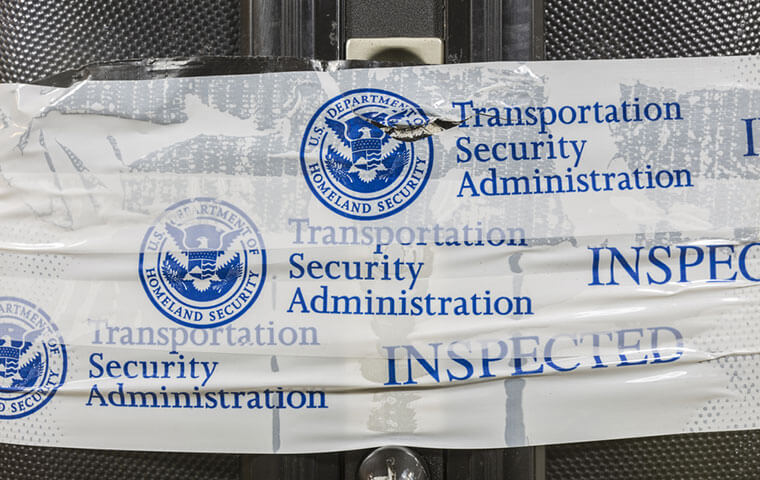 TSA needs to identify root causes of TSO dissatisfaction for career development, work-life balance, and communication, a report said. Image: trekandshoot/Shutterstock.com
By: FEDweek Staff
TSA needs to identify root causes of TSO dissatisfaction for career development, work-life balance, and communication, a report said. Image: trekandshoot/Shutterstock.com
By: FEDweek StaffThe TSA has taken steps to address the persistently low levels of employee engagement among transportation security officers but still has not fully addressed the root causes of that dissatisfaction, the GAO has said.
The TSA for many years has ranked near the bottom in the employee engagement index in the annual Federal Employee Viewpoint Survey and in the annual rankings of the best places to work in the federal government from the Partnership for Public Service, the GAO noted. Agency leadership “has identified the need to improve employee engagement—their sense of purpose in their job—as central to the agency’s security mission,” it said.
Based on that survey data through 2022 and other work, the GAO said the five key factors there are managing and recognizing performance; responsiveness to input; opportunities for career development; improved communications; and supporting work-life balance.
It said for example that in recent years the TSA has set up programs to reward top performance and has required supervisors to take a course in measuring performance, “these actions did not fully address the root causes of TSO dissatisfaction—namely, inconsistent management of TSOs’ performance.”
“Further, TSA has not identified root causes of TSO dissatisfaction for three other drivers—career development, work-life balance, and communication,” it said. For the other—responsiveness to input—the TSA “has solicited TSO input on the root causes of low engagement at airports through a survey and other initiatives. However, TSA has not tracked follow-through on these initiatives.”
TSA management generally agreed with GAO’s recommendations although saying that the GAO “could have done more to acknowledge recent improvements” as reflected in the 2023 employee survey. GAO acknowledged that but said it could not incorporate that data since the needed details were not available at the time of its work.
Large Share of Federal Workforce about to Experience a Payless Pay Period
OPM Details Coverage Changes, Plan Dropouts for FEHB/PSHB in 2026
OMB Says Federal Workforce RIFs are Starting as Shutdown Drags On
Financial Impact of Shutdown Starts to Hit Home; WH Threatens No Back Pay
Surge of Retirement Applications Is in the Pipeline, Says OPM
See also,
TSP Takes Step toward Upcoming In-Plan Roth Conversions
5 Steps to Protect Your Federal Job During the Shutdown
Over 30K TSP Accounts Have Crossed the Million Mark in 2025
The Best Ages for Federal Employees to Retire

